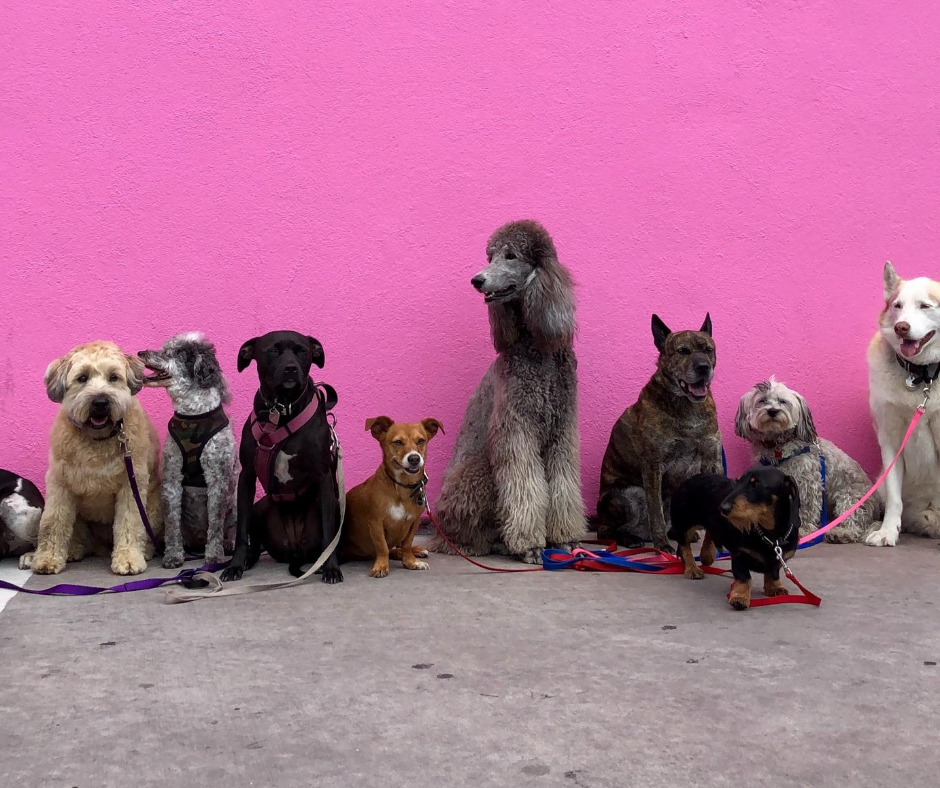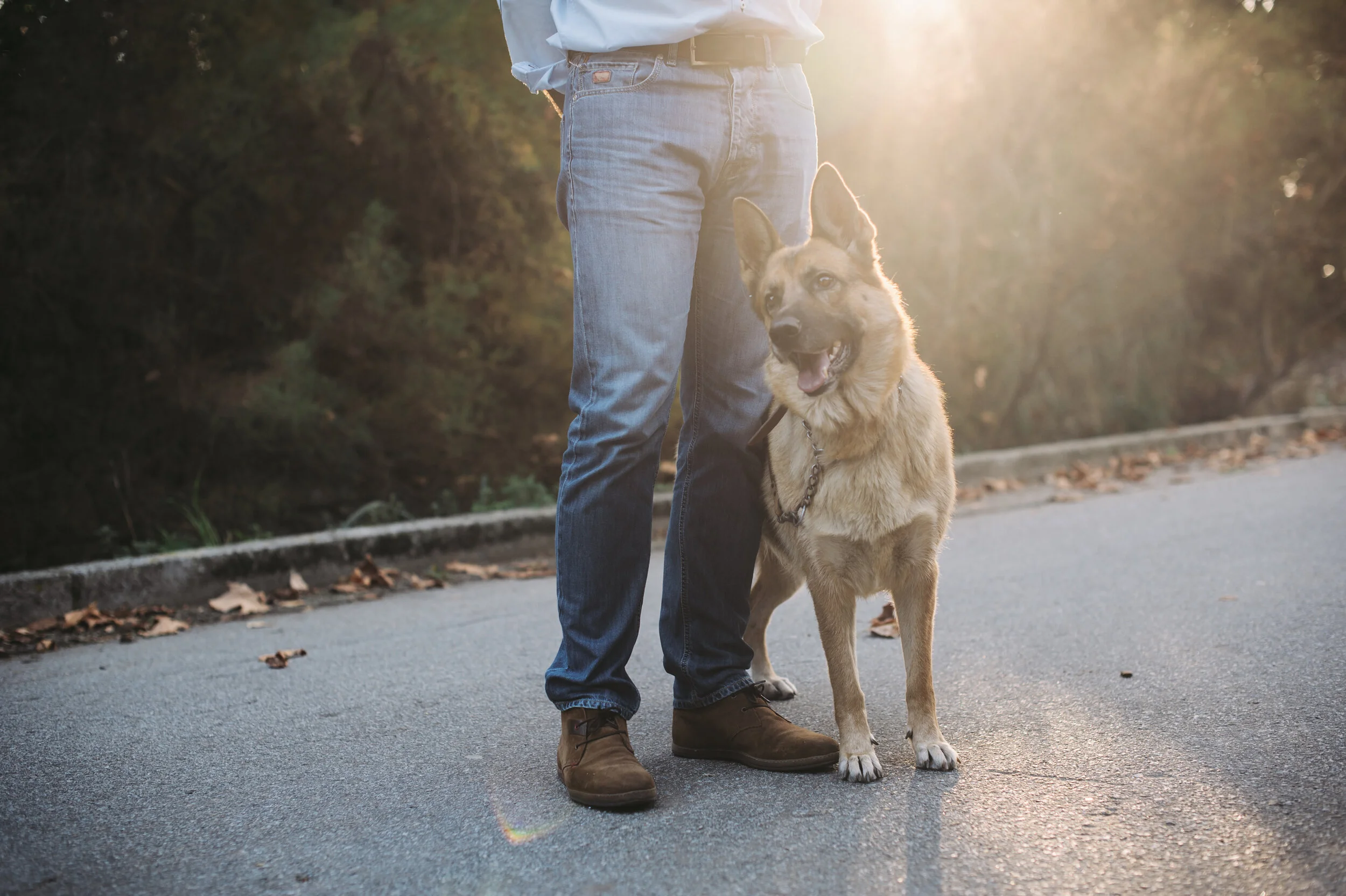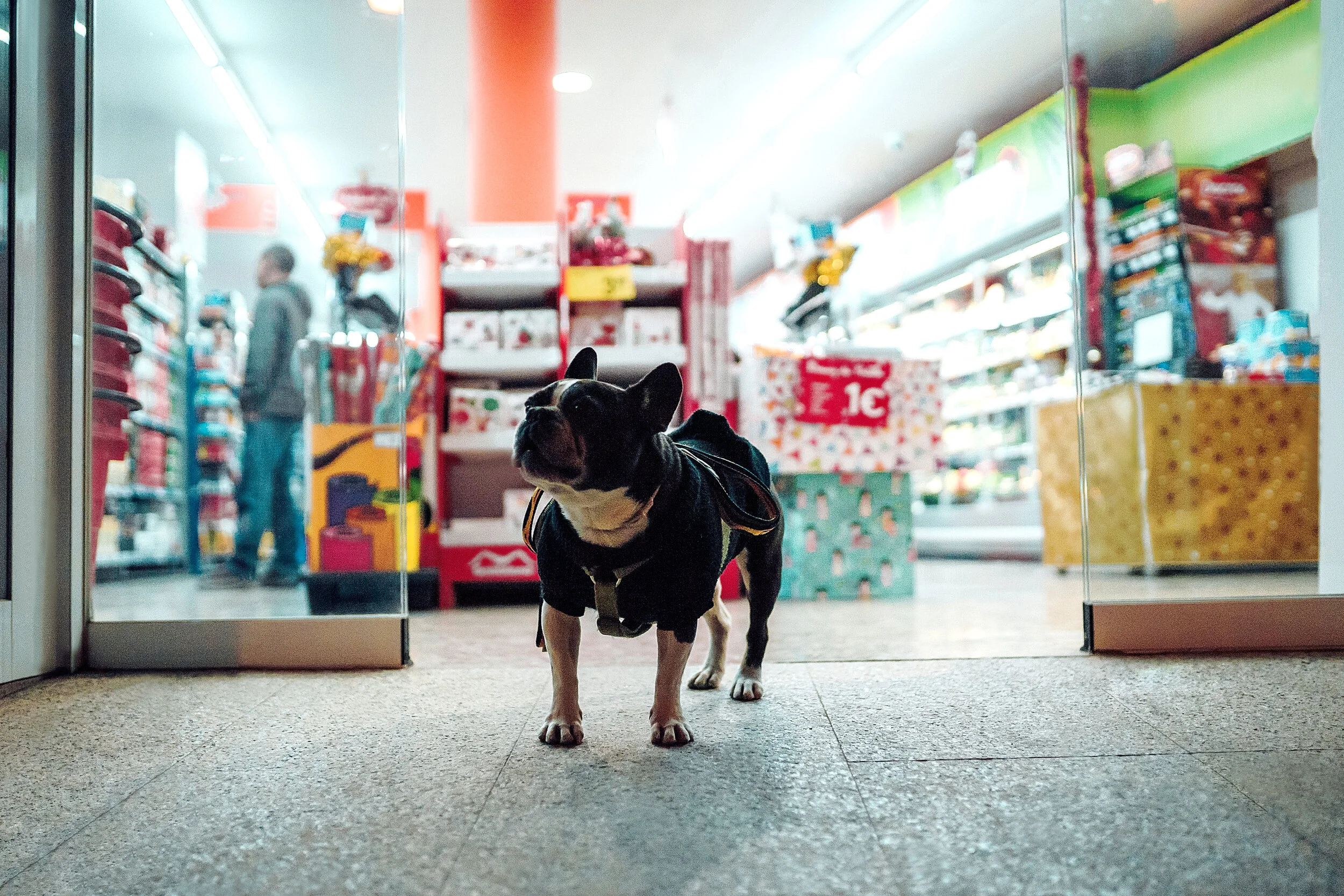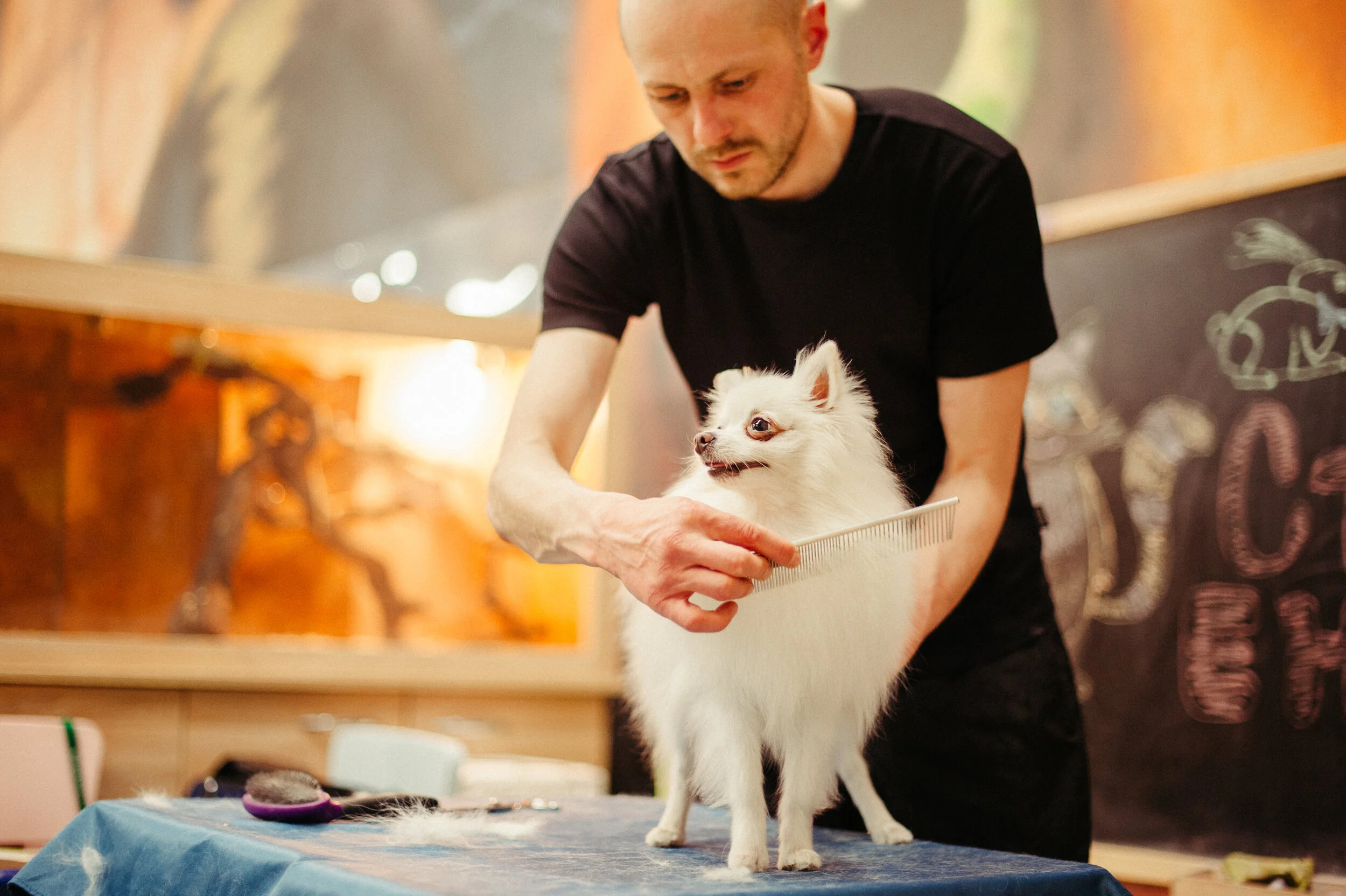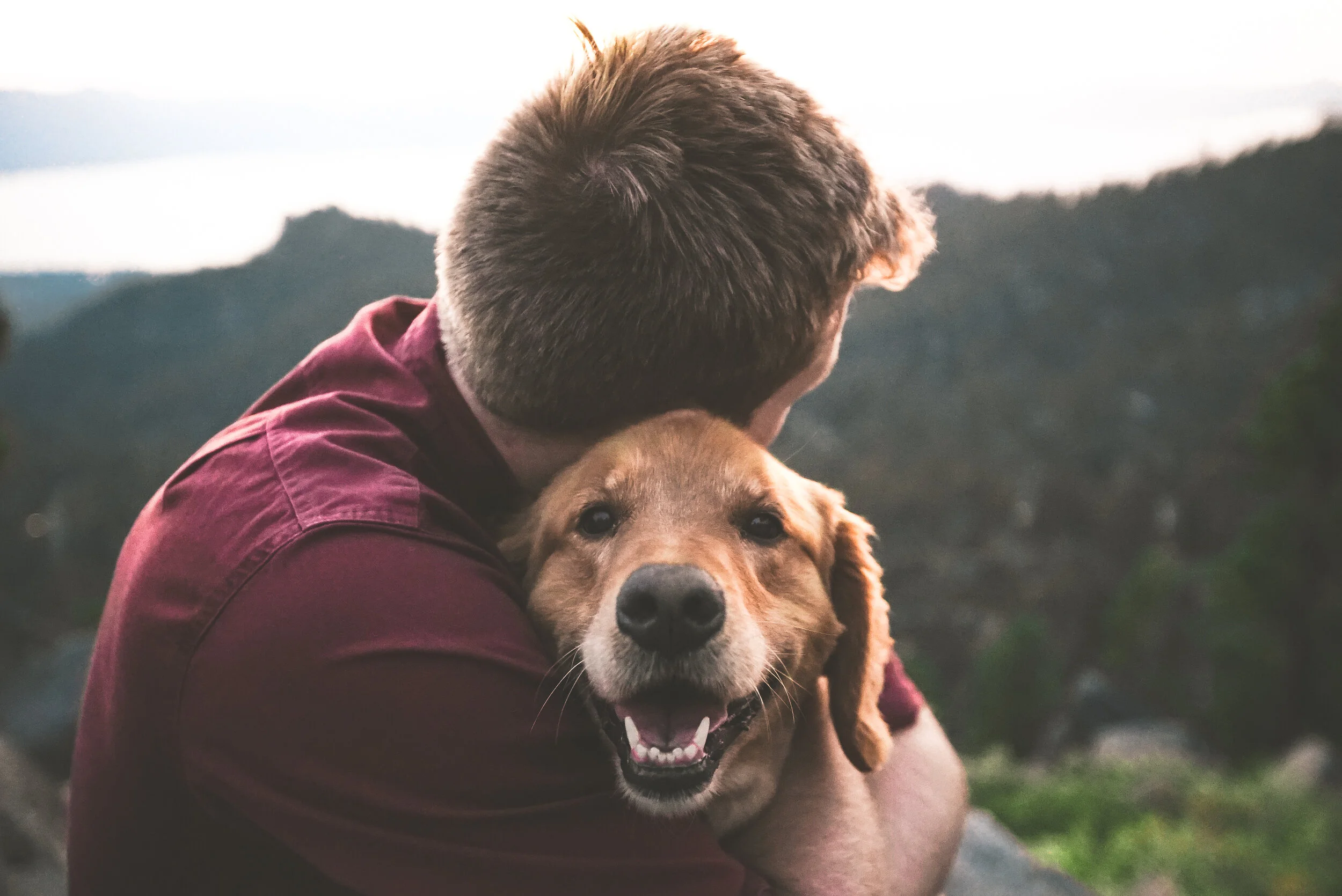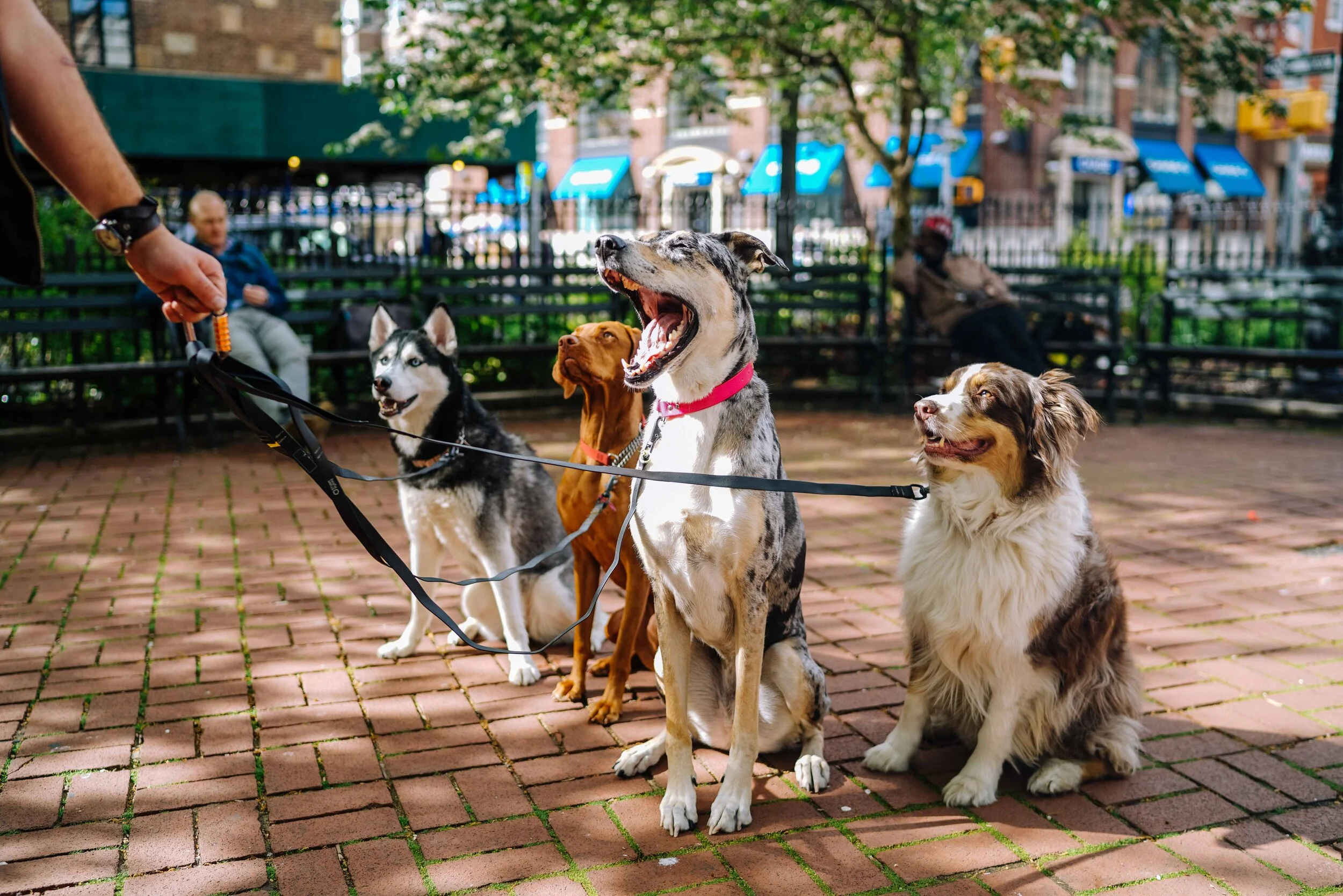How to: Manage the Cost of a Dog Mindfully
Owning a dog is one of life’s greatest joys: the fun, love and companionship one can receive from a relationship with their pet dog is truly unrivalled. Research from the Canadian Animal Health Institute shows that in 2018 there were over 8.2 million pet dogs in our country (and that number is still growing). But, if you’re considering getting a dog for the first time, it should be no surprise to you that dogs are very expensive to care for. Depending on factors like breed and overall health, the average dog has a lifespan of roughly 10 to 15 years. That’s 10 to 15 years that you’ll be responsible for covering the cost of all the goods and services your dog will need to live a happy and healthy life.
If that sounds daunting to you, well, unfortunately you’re not alone: 35% of all dogs who entered Canadian animal shelters in 2018 were surrendered by their owners. This often occurs when someone can no longer afford to financially support their dog. Though we understand that a sudden change in one’s financial health can make caring for a pet challenging, a dog should never be surrendered unless there are no other tenable options for them. Being surrendered by their owner can be an extremely traumatic experience for a dog which often has a long-lasting impact on their ability to form trusting relationships with people again (making it difficult to re-home them seamlessly). With all of this in mind, it’s important to take some time to consider the costs involved in the long-term financial commitment you’re making when you welcome a dog into your life.
Do Your Research!
The importance of this point cannot be stressed enough. Taking the time to understand what kind of dog matches with your lifestyle, abilities and budgetary requirements will make all the difference in your financial future as a dog owner. Picking a dog based solely on its appearance will likely set you up for failure down the line. For example, small breeds are generally less expensive to care for than large dogs due to factors like their appetites (small dogs don’t need to eat as much as larger, more active breeds). Most small breeds also require less exercise than larger breeds, and are thus better suited for people who don’t live particularly active lifestyles. Small dogs are also more likely to be permitted to live in a rented home, apartment or condo. However, some smaller breeds, such as the very popular French Bulldog, are quite expensive to buy from a reputable breeder and are known to be susceptible to a number of chronic health issues due to their body shape and genetic lineage. You may save money on the cost of feeding a Frenchie when compared to an active, hungry golden retriever, but you should be aware of the huge potential vet bills you may need to pay down the line.
It’s also important to remember that if you’re going to be a first time dog owner, adopting a rescue is generally more challenging than getting a puppy. There are unfortunately many rescue dogs with behavioural issues that govern their interactions with people, other dogs, or both (these issues may have recently developed from the trauma of their abandonment, or they may be long-standing). These dogs aren’t beyond rehabilitation, but they often require the knowledge of an experienced hand. If you’re not equipped to deal with the potential behavioural issues your dog may have, you may end up paying tons on training, replacing destroyed furniture or special care for when you’re not around. However, if you do have some experience caring for dogs, there are countless loving, happy rescue dogs out there waiting to find new homes! Check with your local shelter to see what your options are before jumping to finding a breeder. You’ll save some money on the cost of your pet while also giving an animal in need a home!
Ultimately, it’s really important to make a realistic choice when it comes to selecting your dog. Skipping over this step is only going to increase your costs down the line and complicate what should be a fun, rewarding aspect of your life.
Stocking Up on Essentials
There are a huge number of new items you’re going to need to buy before you welcome your new dog into your home. Depending on whether you’re getting a new puppy or adopting a rescue, you’ll need to think about purchasing some or all of the following:
· food
· treats
· a bed
· a crate and/or a playpen
· a leash
· a collar and/or a harness
· ID tags
· poop bags
· outerwear if applicable (winter coat, booties, etc.)
· pet stain remover and paper towels (best to plan for a few accidents in the house!)
· toys
· car harness or seat cover
· grooming supplies
Shopping for this stuff can be pretty fun when you’re excited to get your new pet, and there are a growing number of retailers that sell modern, trendy versions of these goods at premium prices. However, remind yourself that you won’t be able to accurately predict your pet’s needs until much later in your relationship with them. For example, every dog needs at least one leash, but not every dog ends up needing a harness. Also, remember that if you have a puppy, it’s going to grow out of its wearables (collars, outerwear, etc.) quickly and potentially destroy a few of its belongings in its teething phase. Wait to get to know your pet better and let them grow before splurging on expensive extras. You’ll re-purchase many of the goods on the above list numerous times over the course of your dog’s life, so you’ll have plenty of opportunities to purchase a trendy option one day down the line.
Services
Canadians’ relationships with their pets have changed drastically over the last 25 years, moving away from a time where people treated pets like personal property and towards “pet parenting”, where pet owners treat their “fur babies” like human children and splurge on premium goods and services for them. There are now an increasing number of care services you can book for your dog, including grooming, daycare, and boarding. Many of these services can have extremely positive impacts on your dog’s overall quality of life, but they will certainly cost you.
If you’ve ever tried to bathe a dog or give its coat a trim and blow-dry, you probably understand why there are professional dog groomers – it’s no easy task! Unless you’re confident that you’re able to manage your dog’s grooming needs on your own, budget for occasional grooming services from a professional. Dogs with long coats need semi-regular bathing and sometimes trimming to ensure that their coat isn’t matting, which can lead to skin issues and discomfort for them. So, if you choose a dog with a longer coat (particularly those that grow instead of shed, like doodles), you can help reduce your grooming-related costs by buying yourself an appropriate grooming tool and giving your dog a full brush-through a couple times a week. Even if your dog doesn’t have a long coat, you may find you’re uncomfortable clipping their nails or unable to do it yourself. This is another grooming practice that must be done on a regular basis to reduce discomfort and the potential for breakage.
It’s also important to consider your potential need for services such as walking, daycare and boarding. If you’re out of the house for 8+ hours a day, you’ll need someone to step in and help you care for your dog while you’re gone. Most dogs will get bored after being on their own for a long period of time, and may develop destructive habits (like chewing up your couch) to pass the time. Even if you’re working from home at the moment or have your care situation sorted, things change; you may be suddenly faced with the need to find third-party care for your dog and have no friends or family available to help you. However, pure necessity isn’t the only reason to send your dog on a group walk or to daycare. Giving your pet the chance to engage and play with other dogs is a great way to socialize them, increase the amount of exercise they’re getting and foster a sense of independence from you. There are plenty of amazing pet care providers that will take excellent care of your dog while you’re unable to, but their services aren’t often cheap. Budget for your dog with this in mind.
Training is also an important service to consider. Just about all dog owners will enlist the services of a professional trainer at some point in their dog’s life, whether it simply be for some introductory puppy classes or for more advanced behvioural corrections. Particularly when a dog has more serious issues, seeking the help of a professional is going to be essential; the average dog owner cannot resolve a dog’s aggression or serious resource guarding issues on their own. Though we hope you don’t have to worry about this type of training, you should watch for changes in your dog’s behavioural patterns and be sure to put in a good effort if you’re training a puppy. If you notice your dog starting to develop bad habits, do your best to resolve them quickly. Good trainers can be very expensive to hire, and if you let bad habits get out of control, you may not be able to avoid doing so. By putting in a consistent effort to teach your dog good habits, you can avoid having to seek professional help and the cost of cleaning/replacing any items they may damage.
Preparing for the Unknown
Most of the major changes in your life are major changes for your dog too. Moving into a new home or getting a new job that changes your schedule can drastically change your dog’s regular routine and amplify their anxiety and stress levels. These kind of mood changes can influence a usually well-behaved dog to act out in ways they never had before, such as destroying your belongings, going to the bathroom in the house or starting to bark/whine on a regular basis. Though they may only be short-term changes, acknowledge that these shifts may need some kind of financial remedy; it may be extra training, hiring a dog walker to visit mid-day, or simply replacing furniture that’s been damaged. While you can't accurately predict where your life will take you over the next 10-15 years, if you have a major life change on the horizon, plan accordingly to offer your dog a bit of extra support.
Veterinary Care
This is the big one: from the moment you first take your dog to the vet to the end of their life, you will be paying your vet a ton of money. Seriously. Be prepared to shell out tens of thousands of dollars on veterinary care over the next 10 to 15 years. You’ll need to consider, at minimum, their annual physical and the boosters they need to stay safe (for example, their rabies vaccine). You’ll also need to think about guarding them against fleas, ticks and harmful infections such as heartworm and ringworm, for all of which there are pricey medications and tests required to prescribe them. Keep in mind that your pet may be at risk of contracting diseases from other dogs in social settings, including kennel cough (Bordetella) or water-borne parasites like Giardia that will require you to seek veterinary attention.
You should also consider the potential for accidental harm your dog may experience in its lifetime. Understandably, no one wants to think about their pet getting hurt, but it’s important to recognize how these surprise costs often end up being the largest and may cause a significant financial shock in your life. One such example is of one of QUBER’s staff dogs, Ziggy. A few years ago, Ziggy was playing with a larger dog when one paw swipe unfortunately hit her in the wrong place; Ziggy’s right eye was ruptured instantly. After arriving at the closest veterinary emergency hospital, it was quickly determined that Ziggy’s right eye had to come out in surgery that night. Though Ziggy ended up all right, the cost of that surgery plus the medication she needed in recovery totalled over $2000! She also ended up getting two separate ear infections from wearing a cone for three weeks while she healed, which meant there was even more money spent on medication and vet visits. All those costs arose in the blink of an eye (no pun intended), and were no small amount to cover. It made a huge difference to be prepared for them.
Finally, even if your pet never experiences an accidental injury, you will need to really plan for the costs you’ll incur when your dog reaches the senior stages of its life. Expect to be making more regular vet visits and potentially buying regular prescriptions. Drugs for dogs are not cheap, and your dog may need to take medication every day to live a comfortable/healthy life; for example, they may need daily medication to regulate their thyroid, to soothe their allergies or to offer them pain relief. Cancer treatments and joint replacements can set you back tens of thousands of dollars, and may not be permanent fixes to your dog’s ailments.
Note: Ziggy is a happy dog who’s adjusted to life with one eye seamlessly 😊
The above information is not meant to dissuade you from getting a dog, but to educate you honestly on the financial commitment you’ll face as a dog owner. Like any major expense, it’s OK to be a bit freaked out by the amount of money you’ll need to make it work. But, how does one plan for the costs of dog ownership mindfully?
First, make sure that you’ve saved enough for all the “start-up” costs you’re going to be on the hook for, including the cost of the dog itself. Don’t plan to finance these purchases with your credit card. Once you’ve actually got your dog, your recurring pet-related costs (like food and treats) kick in, so you’ll already be forfeiting part of each paycheck to keep up with your dog’s needs. Trying to pay down credit card debt while keeping less of your disposable income may put you in a tight spot financially, and isn’t worth the stress.
Second, start yourself a pet fund and put a set amount of money away every time you get paid (ex. $75 from every paycheck). This fund should be seen as your dog’s rainy day fund, and will be the pool from which you pull money to cover unexpected veterinary expenses, occasional pet care services or needs brought on by large-scale life changes as we mentioned earlier. Try to cover other planned, regular expenses (like food) using your other disposable income and let your pet fund grow. Though many Canadians purchase pet insurance policies to help cover their dog’s veterinary bills, insurance won’t cover any expenses beyond vet care, and even then can be extremely limited in its coverage. We recommend doing thorough research before committing yourself to a pet insurance policy.
Though it may seem like you’ll never have enough money to cover all the costs of your dog’s life, it helps to remember that you don’t need ALL that money right now. You just need to start saving today! If you save in your pet fund diligently, a surprise vet bill or a sudden need to hire a dog walker on a regular basis won’t have an unshakeable impact on your financial health. You can start a pet fund for your dog through QUBER easily by clicking here.
Third, make sure your dog is living a happy, healthy life! Feed your pet healthy food, make sure it’s getting out for the right amount of exercise every day and try your best to engage/stimulate them mentally. You can’t prevent accidents from happening or predict all your pet-related costs, but by ensuring your pet is living a healthy lifestyle, you’re taking concrete steps to reduce their chances of developing chronic disease (in turn reducing your potential vet bills). You also may have heard the phrase “a tired dog is a well-behaved dog”, and any experienced dog owner will tell you it’s true! A dog that gets regular exercise and mental stimulation is less likely to misbehave, reducing the costs you may face otherwise from damage done to your home and belongings.
After all this, it should be clear to all just how much time, effort and money it takes to care for a dog correctly; however, there are few pursuits in life that are as worthwhile as being a dog owner. We hope these tips help you create a strong financial plan for your first experience with dog ownership, or help you reassess your current strategy when it comes to covering your pet’s needs.
Check back to Money Talks every Monday for a new post featuring more tips and tricks on how to reach your saving goals, and subscribe to our mailing list for blog updates!
Have a suggestion for something you’d like us to write about? Shoot us a message at contactus@quber.ca and we’ll get to work.

